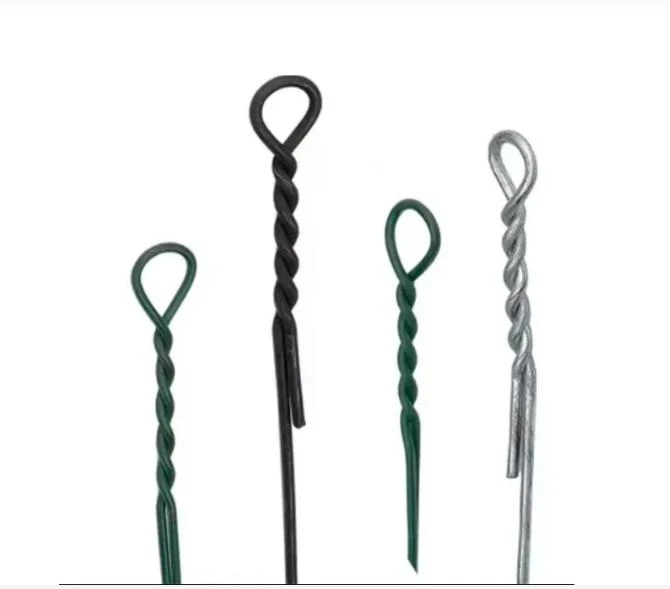-
 Phone:
Phone: -
 Email:
Email:

barbed wire and razor wire
Barbed Wire and Razor Wire An Overview of Their Uses and Significance
Barbed wire and razor wire are two of the most commonly used security measures in modern fencing. While they share a common purpose of deterring unauthorized access, their designs, applications, and aesthetic implications differ significantly. This article explores the characteristics, uses, and historical context of barbed wire and razor wire, shedding light on their critical roles in security landscapes around the world.
Characteristics of Barbed Wire
Barbed wire is a type of fencing wire that is twisted with sharp points or barbs at regular intervals. It was invented in the late 19th century, with the first patent being awarded to Joseph Glidden in 1874. The design was initially intended for agricultural purposes, helping farmers manage livestock by keeping them contained within specific areas. Barbed wire consists of two strands of wire twisted together, with barbs spaced about 4 to 6 inches apart. The sharp edges of the barbs are intended to prevent animals and humans from easily crossing the fence.
Despite its origins in farming, barbed wire quickly became a staple in security applications. Its low cost and ease of installation made it a popular choice for securing properties, particularly in rural areas. Barbed wire is often used in conjunction with traditional wooden or metal fencing, providing an added layer of protection.
Razor Wire The Next Level of Security
Razor wire, on the other hand, is a more advanced form of fencing. It is made from a thicker steel wire that is equipped with sharp, blade-like edges formed into flat spirals or coils. Razor wire is more effective than barbed wire at deterring trespassers due to its design; the blades can cause serious injury to anyone who attempts to climb over or cut through it. Originally developed for military and high-security applications, razor wire is often found surrounding prisons, military bases, and other facilities where security is paramount.
barbed wire and razor wire

Razor wire comes in several configurations, including concertina wire, which is coiled and expands outward, and straight wire, which is attached to fences. Its intimidating appearance, combined with its potential to cause harm, makes razor wire a formidable barrier. However, its use raises ethical questions regarding safety and humane treatment, leading some human rights advocates to argue against its deployment in residential areas or near public spaces.
Applications and Implications
Both barbed wire and razor wire serve crucial roles in securing properties and protecting assets. Barbed wire remains widely used in agricultural settings, providing an efficient solution for livestock management and boundary marking. It is also prevalent in lower-risk areas as a deterrent against vandalism and trespassing. Razor wire is often deployed in high-security environments, such as correctional facilities and military installations, where the risk of breach is higher.
The implications of using barbed and razor wire extend beyond mere security. They can significantly impact the environment and local wildlife. Barbed wire, for instance, poses a risk to birds and other animals, which can become entangled. Efforts have been made in recent years to create wildlife-friendly fencing alternatives that can provide the same security levels without harming local fauna.
Conclusion
In summary, barbed wire and razor wire are crucial components of contemporary security infrastructure. While barbed wire serves as an effective and economical option for deterring livestock and trespassers, razor wire provides a higher level of security for sensitive areas. As we continue to navigate issues of safety, security, ethics, and environmental impact, understanding the applications and implications of these materials becomes increasingly important. Their roles, although fundamentally similar in some respects, highlight the balance between protection and responsibility in our increasingly complex world.
-
Wire Mesh for Every Need: A Practical SolutionNewsJul.25,2025
-
Steel Fences: Durable, Secure, and Stylish OptionsNewsJul.25,2025
-
Roll Top Fencing: A Smart Solution for Safety and SecurityNewsJul.25,2025
-
Cattle Farm Fencing Solutions for Maximum SecurityNewsJul.25,2025
-
Affordable Iron Binding Wire SolutionsNewsJul.25,2025
-
Affordable Galvanized Wire SolutionsNewsJul.25,2025
-
Wire Hanger Recycling IdeasNewsJul.25,2025








